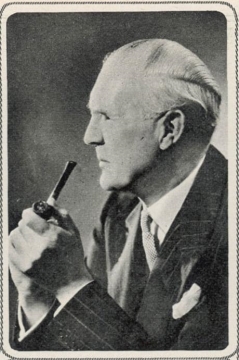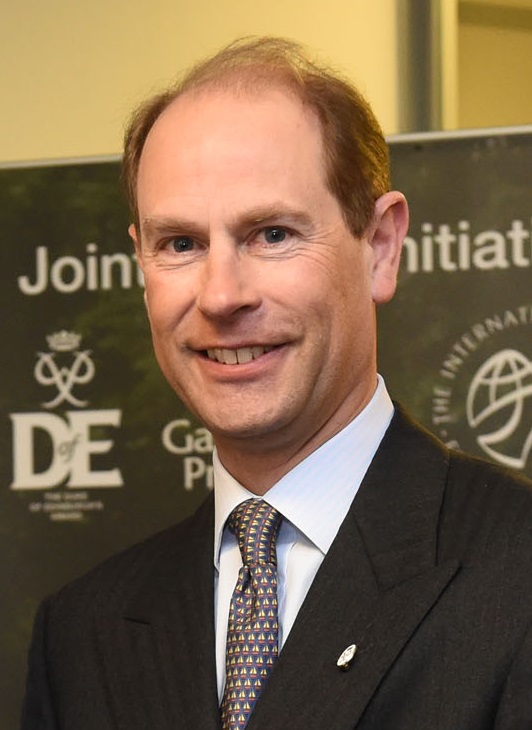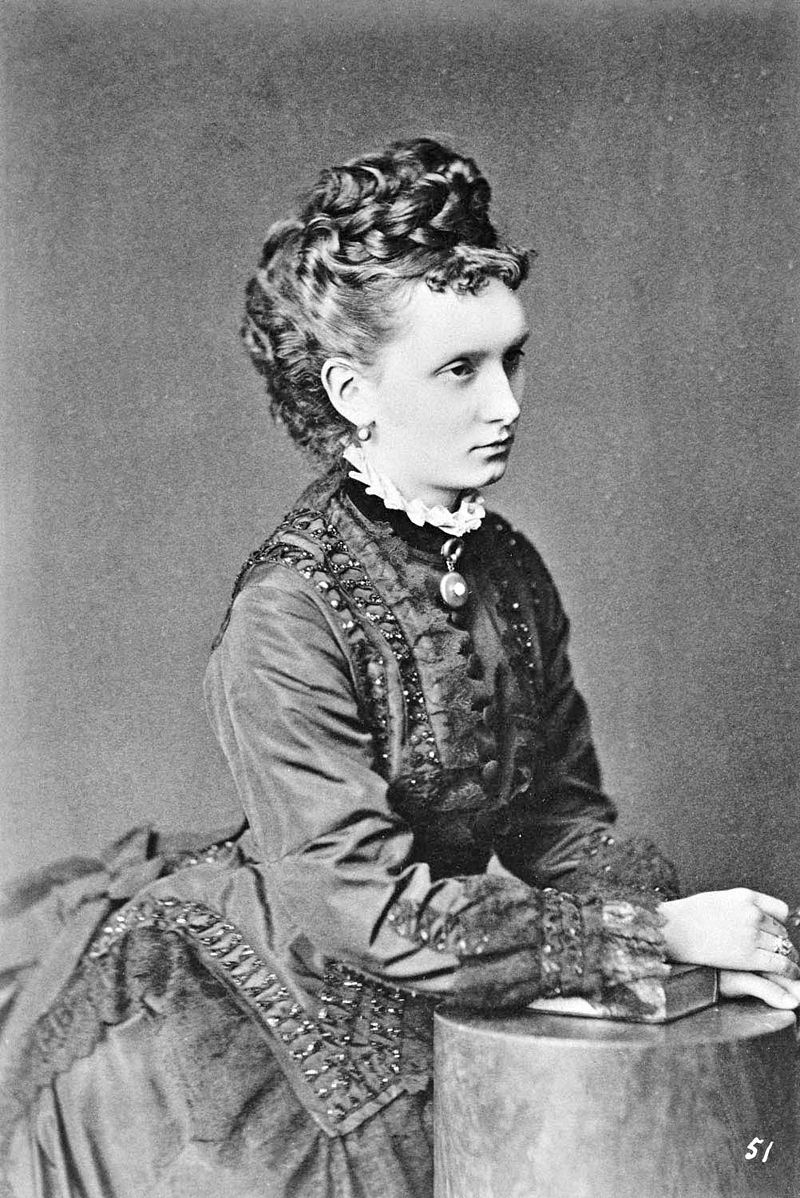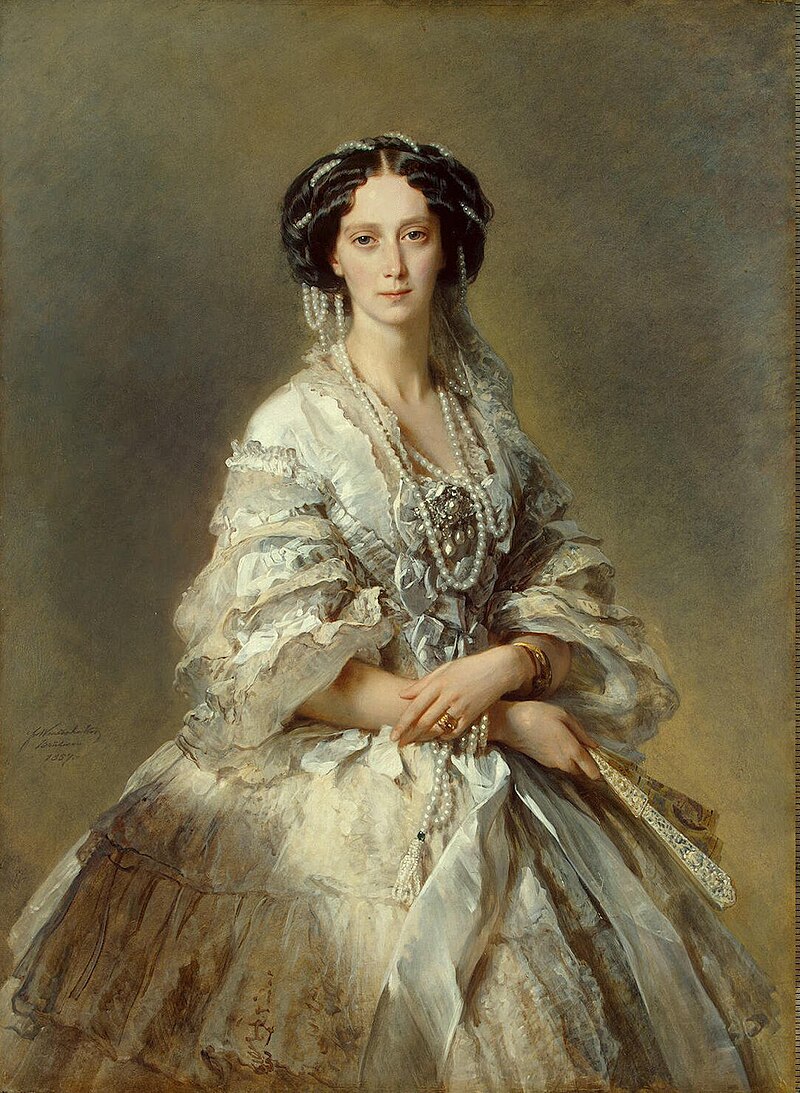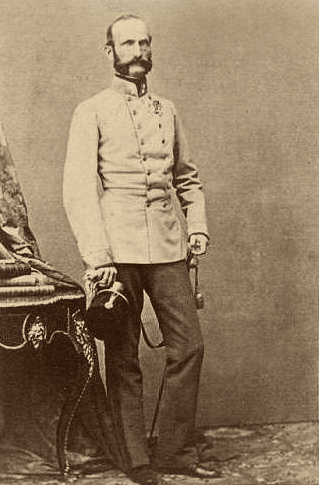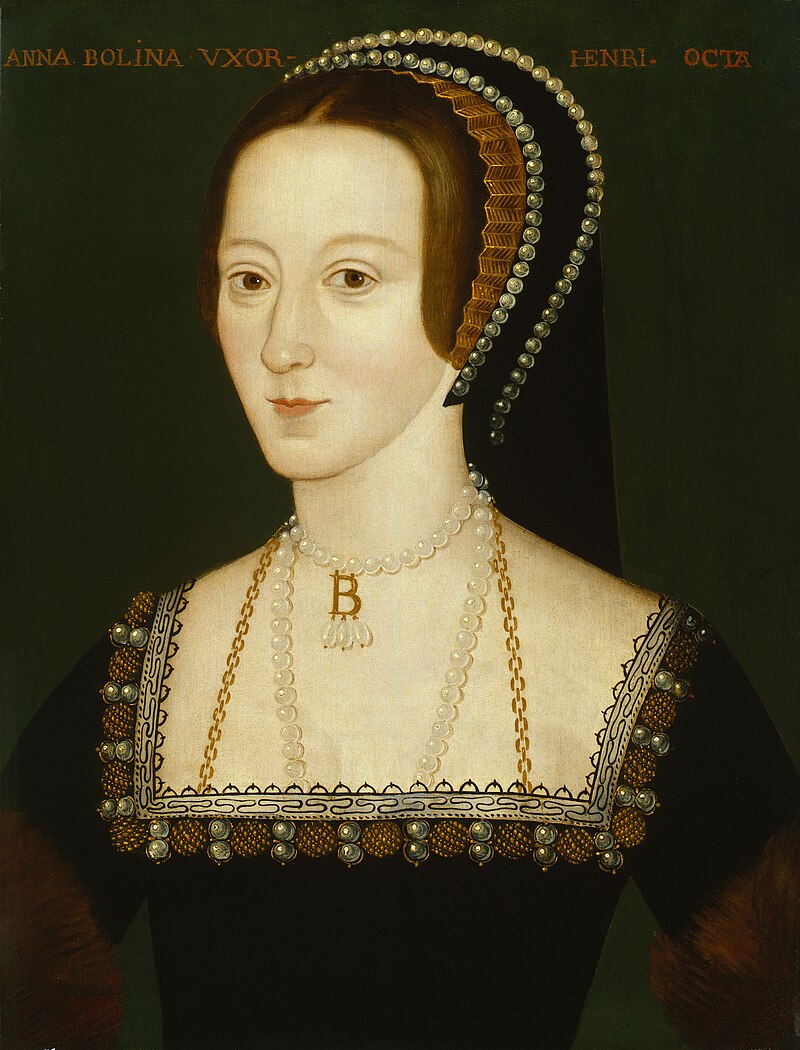by Scott Mehl © Unofficial Royalty 2019

Princess Marie Bonaparte, Princess George of Greece; Credit – Wikipedia
Princess Marie Bonaparte was the wife of Prince George of Greece and Denmark, the second son of King George I of the Hellenes and Grand Duchess Olga Konstantinovna of Russia. She was born on July 2, 1882, in Saint-Cloud, France, the only child of Prince Roland Bonaparte and Marie-Félix Blanc. Her maternal grandfather was François Blanc, the principal developer of Monte Carlo and the Monte Carlo Casino in Monaco. On her paternal side, Marie was the great-granddaughter of Prince Lucien Bonaparte, a younger brother of Emperor Napoleon I.
Princess Marie was raised in a life of privilege. Her grandfather François Blanc had amassed a large fortune that passed to his children upon his death in 1877. From this money, Marie inherited a large amount following her mother’s death (just a month after Marie was born). As an only child, she was raised in Saint-Cloud and in Paris, and occasionally joined her father on his geographical and botanical expeditions around the world. Her education, provided by a series of nannies and tutors, was overseen by her domineering paternal grandmother Princess Pierre Bonaparte (née Éléonore-Justine Ruflin). A rather sheltered child, Marie often spent her time alone, in the company of her dolls, reading and writing in her journals. She became fluent in several languages and developed an early interest in the arts – particularly the theatre.

Marie and George at their religious wedding in Athens, December 1907. source: Wikipedia
In 1906, her father met with King George I of the Hellenes to discuss marriage to the King’s son, George. After their fathers had agreed, Marie and George first met in July 1907 in Paris. A brief courtship ensued, and their engagement was announced on August 29, 1907. By this time, Marie was quite wealthy in her own right, receiving an annual income of 800,000 francs from a trust, as well as being the sole heir to her mother’s fortune. Following her father’s death, she inherited over 60 million francs. As part of the agreement, Marie retained sole control over her fortune, with Prince George refusing any financial settlement or allowance. The couple married first in a civil ceremony at the Town Hall in Paris on November 21, 1907, followed by a Greek Orthodox ceremony in Athens on December 12, 1907.
The couple had two children:
- Prince Peter (1908-1980) – married Irina Aleksandrovna Ovtchinnikova, no issue
- Princess Eugénie (1910-1989) – married (1) Prince Dominic Radziwill, had issue; (2) Prince Raymundo della Torre e Tasso, Duke of Castel Duino, had issue

Marie with her children, 1912. source: Wikipedia
From the beginning of her marriage, Marie had to contend with the unusually close relationship between her husband and his uncle Prince Valdemar of Denmark. Widely believed to have been lovers, George and Valdemar were happiest in each other’s company and had an intimacy that their wives could provide. It was an unusual situation that Marie and Valdemar’s wife accepted. Marie also found intimacy with others. During one visit to Denmark, she had a brief flirtation with Valdemar’s eldest son Prince Aage, and for several years, carried on a relationship with the French Prime Minister Aristide Briand. Over the years, Marie had other affairs often known to her husband who was never bothered by them.
Despite her affairs, Princess Marie suffered from what she called sexual dysfunction, finding herself unable to achieve sexual fulfillment. This led to the beginning of her research into women’s sexuality. She published the results of her research in 1924 under a pseudonym. During this time, she also began her interest in psychoanalysis. Suffering from depression after her father died in 1924, she became a patient of Sigmund Freud for the next 13 years. A close friendship and professional relationship developed, and she helped him to promote the study of psychoanalysis throughout France.
Fiercely protective of Dr. Freud, Marie was instrumental in his escape from the Nazi regime in 1938. Not only did she pay the “ransom” to the Nazis, but she also arranged to delay the search of his apartments in Vienna and helped him smuggle some of his savings out of the country using a Greek diplomatic pouch. Marie convinced a Nazi officer to sign the papers that allowed Freud to leave Vienna and had many of his possession sent to London.
In the years that the Greek Royal Family was in exile, Marie used her significant wealth to support many of them. She provided the use of several of her homes in France and paid for education and living expenses. Those who benefited from Marie’s generosity included Prince Andrew and his family, including the young Prince Philip, the future husband of Queen Elizabeth II of the United Kingdom. Marie and George remained favorites of Prince Philip, and in 1953, they attended the coronation of Queen Elizabeth II in London. Marie, somewhat bored at the ceremony, conversed with the gentleman seated next to her and offered a bit of psychoanalysis. That man was the future French President, François Mitterand.
The Princess continued to practice as a psychoanalyst for the rest of her life. She authored several books and translated many of Freud’s works into French. In addition to having founded the French Institute of Psychoanalysis in 1926, she funded several anthropological expeditions, wrote a biography of Edgar Allan Poe, and an interpretation of his work.
Princess Marie died of leukemia in Saint-Tropez, France on September 21, 1962. Her remains were cremated, and her ashes returned to Greece where they were interred in the Royal Cemetery at Tatoi Palace alongside her husband.
This article is the intellectual property of Unofficial Royalty and is NOT TO BE COPIED, EDITED, OR POSTED IN ANY FORM ON ANOTHER WEBSITE under any circumstances. It is permissible to use a link that directs to Unofficial Royalty.



